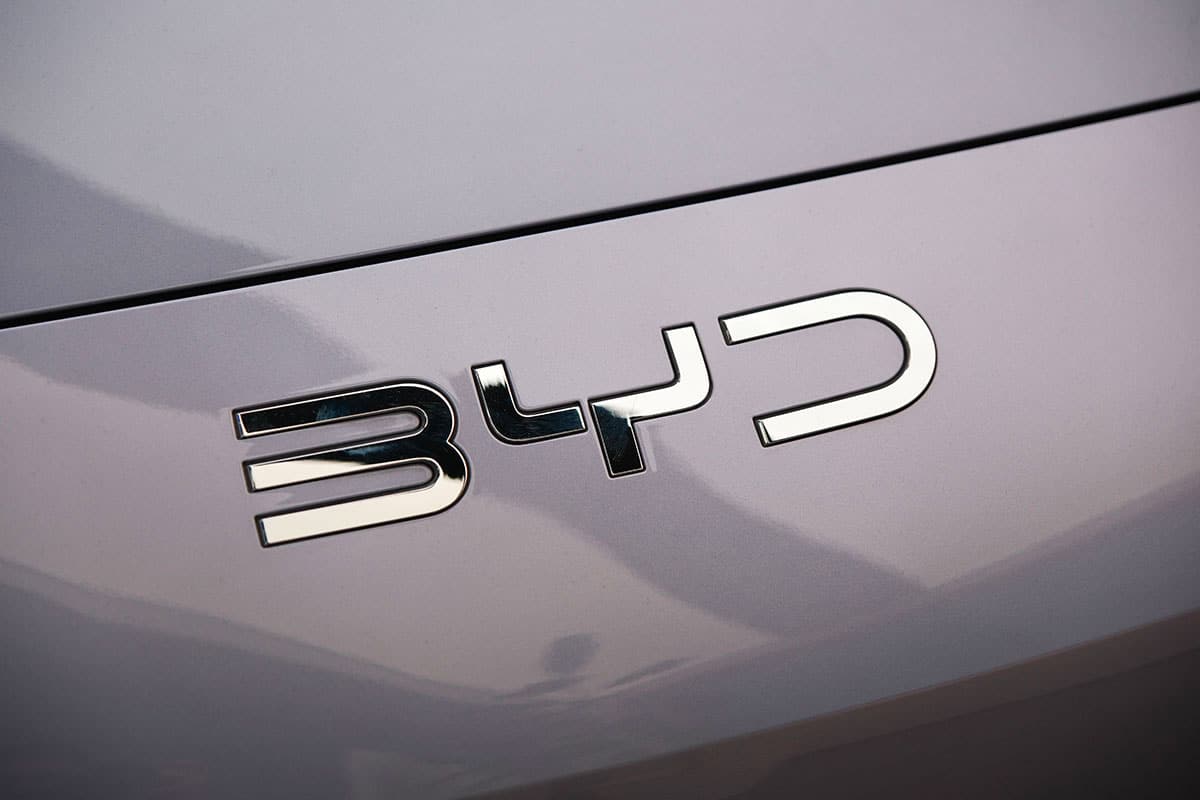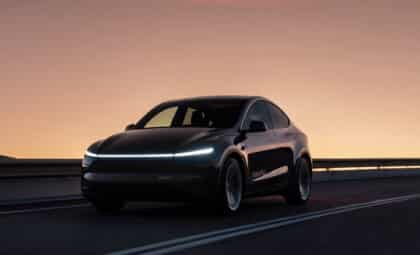In a bit of a twist, BYD—one of the top electric vehicle makers in the world—is pulling back on production in China. This move hits just when market conditions are all over the place and the company is eyeing growth abroad (think of it as a balancing act between home and international markets). This change is set to affect not just BYD itself but also the electric vehicle scene and drivers everywhere.
Production reduction in China
BYD has decided to cut back production at several of its factories in China starting in 2025. They’re not only hitting pause on adding new production lines but also reducing night shifts at four major plants. In some spots, output has dropped by up to one-third (a clear sign of the shift in how they operate). This step is about managing stock and reacting to a slowdown in demand at home.
This decision comes on the heels of a record-breaking 4.27 million vehicles sold in 2024. Still, there’s been a noticeable dip in production growth—down to 13% in April 2025, and it nosedived to only 0.2% by May 2025. These are the slowest growth numbers they’ve seen since February 2024, hinting at some bumps ahead in their home market.
International expansion efforts
Even with some domestic hiccups, BYD is doing great overseas. In 2024, they sold an impressive 417,204 vehicles internationally—a whopping increase of 334% from the previous year. The trend kept going in the first quarter of 2025, with exports jumping by 111% to hit 206,084 units.
A big moment came in April 2025 when BYD outpaced Tesla in electric vehicle sales across Europe. BYD sold 7,231 vehicles compared to Tesla’s 7,165 vehicles, showing just how strong their global presence is becoming.
Competitive pricing strategy
A big part of BYD’s game plan is its aggressive pricing, which has sparked a bit of a price war in the industry. They’ve rolled out models like the Seagull—known as the Dolphin Surf in France—to shake things up. After a hefty 20% price cut, this model is sold for just 55,800 yuan (around $6,600 euros), giving a budget-friendly option for new electric vehicle buyers.
In Europe, the Dolphin Surf starts at 23,000 euros, which makes it about 19,000 euros cheaper than Tesla’s most affordable model. This smart pricing move is aimed at drawing in cost-conscious buyers and boosting BYD’s share in various markets.
Challenges within the Chinese market
While BYD is gaining ground internationally, things are a bit rocky back home. Signs of slowing down are clear, with inventory levels hitting an average of 3.21 months by May—way above the industry’s average of 1.38 months.
Things got even tougher with the bankruptcy of a major BYD distributor in Shandong province (this distributor had around twenty sales points, all of which are now off the table). These factors add extra pressure as BYD tries to balance scaling back operations in China with its push abroad.
How BYD handles these ups and downs will definitely shape its future path and set trends in the electric vehicle world. Everyone from buyers to industry watchers will be keeping a close eye on what comes next.









